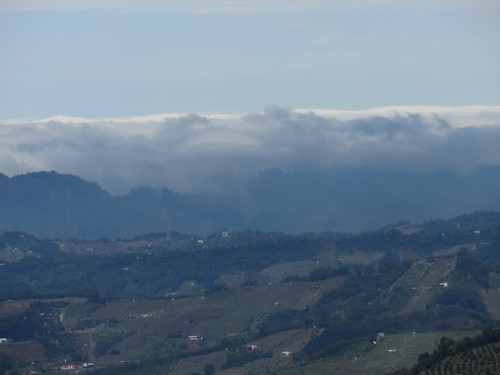From Hui-Wen Lin. On Colonial Industries: the Remnants of Bygone Sugar Factories in Taiwan (International Journal of Social Science and Humanity, Vol. 5, No. 11, November 2015)
When Koxinga came to Taiwan in 1661, Taiwan's sugar industry policies were still much the same as under Dutch rule, and although Koxinga's exiled Chinese regime brought along many Han Chinese immigrants and China's traditional political system, his anti-Qing stance had much the same effect as Holland had on Taiwan's sugar industry. The foreign trade benefits of Taiwan's sugar industry were mostly used to fund his political campaigns to resist the Qing dynasty. However, the majority of Han immigrants and soldiers who helped cultivate lands had a large impact on land development in Taiwan. The Han Chinese also took over the Taiwanese sugar industry from the Dutch, and after becoming the main power in Taiwan, places that produced sugar were referred to as tangbu. Business models for these tangbu were divided into niugua bu (sugar factories operated by 15-40 people and 15-30 oxen), niuben bu (small organizations that covered everything from growing sugar cane to making sugar; as members were few, sugar production could be commissioned or pressed sugar cane could be purchased), gongjia bu (joint stock sugar factories owned by 2-5 people), and toujia bu (factories invested in and established by a single capitalist) [2]. The place names in Taiwan which still contain this bu today are the areas in which sugar was manufactured in the past. Koxinga's political power in Taiwan lasted little longer than two decades, and in 1684, Taiwan became part of the Qing dynasty. Its lands were developed even further, attracting large numbers of immigrants. England, the US, and France soon became part of Taiwan's sugar trade._______________________
[Taiwan] Don't miss the comments below! And check out my blog and its sidebars for events, links to previous posts and picture posts, and scores of links to other Taiwan blogs and forums!

2 comments:
>>When Koxinga came to Taiwan in 1661, Taiwan's sugar industry policies were still much the same as under Dutch rule,
There is something factually not true here:
(1)The Dutch Governor of Formosa, Frederik Coyett, did not surrender to Koxinga until Feb 01, 1662.
(2)Koxinga died on Jun. 23, 1662.
(3)After Feb 01, 1662, Koxinga remained most of the time in Quemoy (Xiamen) and planned to take the Philipines. In 1662, Koxinga's forces raided several towns in the Philippines, whereby his chief adviser was the Italian friar, Vittorio Riccio, who was Koxinga's envoy to Manila to demand tribute from the colonial government of the Spanish East Indies, with the threaten to attack the city if refused. The attack was planned but did not happen due to Koxinga's sudden death in June the same year.
The repeated narrative in most history books that Koxinga ever ruled Taiwan is factually inaccurate. The fact is that he never really ruled Taiwan and only nominally owned Taiwan for a few months before he died.
The real ruler of Taiwan was his son, whom the British court addressed in official documents as "Your Royal Highness, the King of Tayoan (old spelling for Taiwan)".
True, Koxinga never really ruled Taiwan, his son 鄭經 did. He also never left once arrived in Taiwan. The threat to invade the Philippines was in response to the cry for help by Chinese/Hokkien migrants who suffered greatly under the Spanish rule. Riccio himself actually went to Manila to minister the Chinese (and died there). Quemoy, BTW, is 金門, whereas Xiamen is Amoy, both were Cheng Clan strongholds, easily confused.
Post a Comment